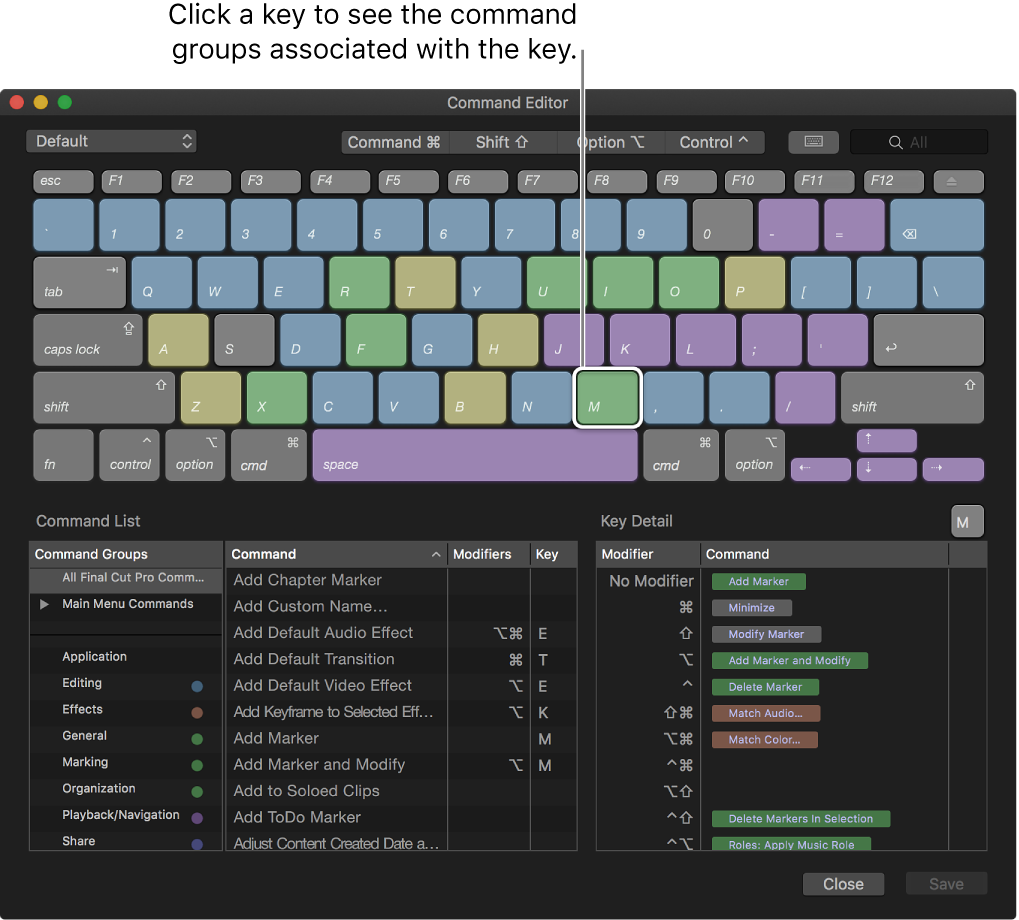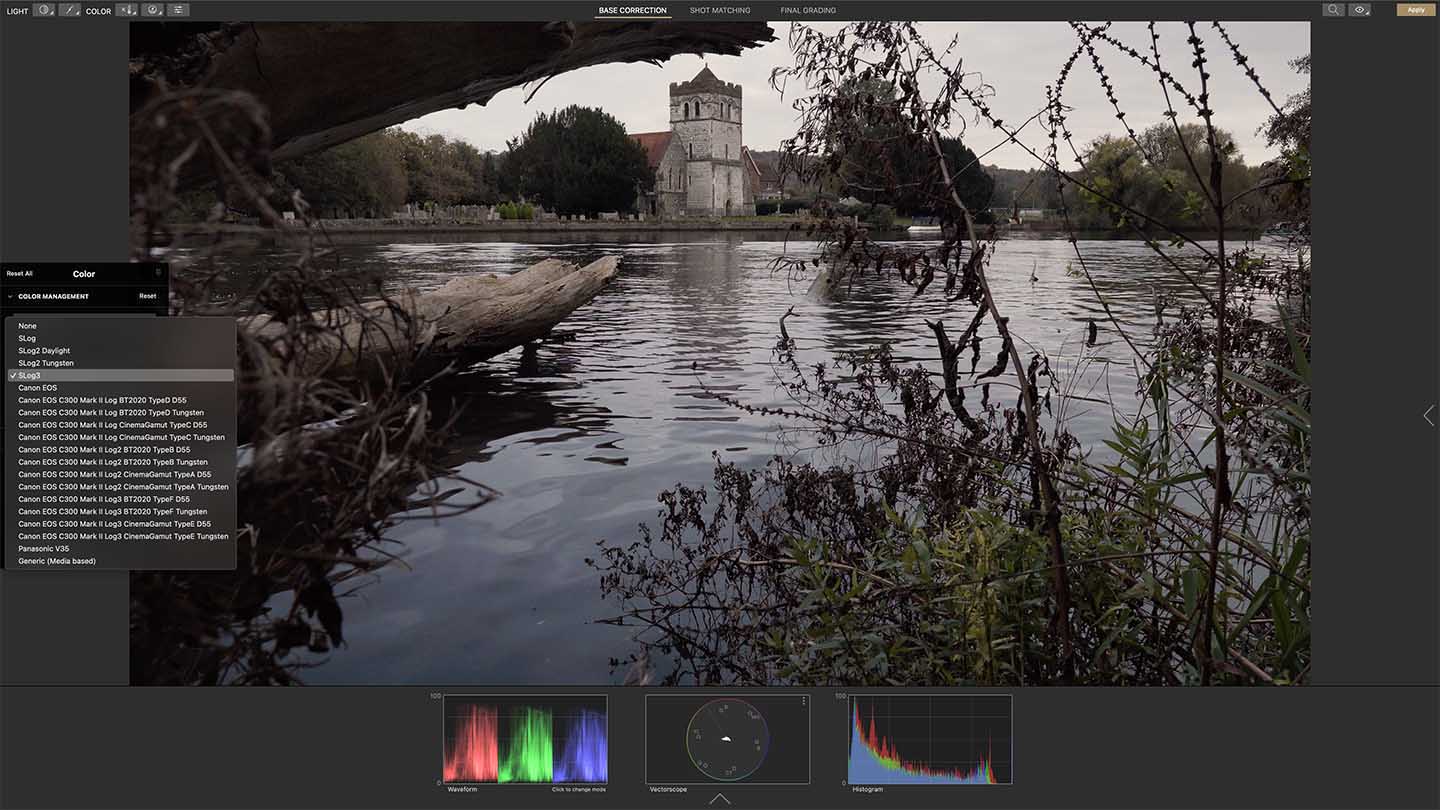

Even More Control with the Label Class Pane These are smart defaults for font, size, color, and style that incorporate cartographic conventions for labeling types of features.

The ribbon provides direct access to text symbol styles. Basic label placement choices are also available from the ribbon. However, you can switch to the standard labeling engine if you like.

The Labeling tab lets you access and modify all labels.īy default, ArcGIS Pro uses the Maplex Labeling Engine with its sophisticated label placement capabilities. The Labeling tab allows you to change the visibility range of labels. If you want to suspend label drawing on the map, the Pause button is available.Ĭhoose the scale range at which labels will be visible.
#COLOR FINALE PRO HOW TO GROUP FULL#
Click the image to see it at full size.Use text symbol styles, which provide font, size, color, and style choices for labeling types of features that incorporate cartographic conventions.Īs you set these parameters, ArcGIS Pro immediately updates the display. The completed gradient background and adjusted settings. You can modify this to your liking, but the overall gradient effect gives us a little more of a stylized look, rather than just the solid-colored background.įigure 6. Now we have a nice gradient background that we can use for our projects ( Figure 6, below). You also have the option to swap the colors of the gradient if you’d like. We’ll also leave our Scatter as it is, and we can even blend our gradient with our original layer by moving these values to the left or right. Next, we can change the ramp shape to radial, if so desired, but we’ll stay with linear for now. We can select OK when we’re happy with the color adjustment. For this example we’ll go with something in the gray area. To do so, I’ll click on the color square next to Start Color, and open the Start Color dialog box.

I’d like to make this a little less extreme by choosing some gray and off-white colors rather than the default black. Let’s start with adjusting our Start Color. Gradient ramp applied and ready for adjusting. In the Effects Control panel, we can adjust some settings to get the desired look we're going for with this background.įigure 5. Next, navigate to Effect > Generate, and then choose Gradient Ramp (F igure 4, below).Īs you can see in Figure 5 (below), we now have a gradient applied to our white color solid layer. The Solid Settings dialog box Applying the Gradient Make sure the make Comp Size option is enabled so you can select a color option. The Solid Settings dialog box opens ( Figure 3, below). Next, add a solid color layer by navigating up to Layer > New > Solid ( Figure 2, below). To begin, you’ll need to have an After Effects project open with a new composition. A gradient effect applied to a video Add a Solid Color Layer You can use them to isolate something in your image, or add some style to your graphics and videos.įigure 1. Gradients are a popular effect used in both broadcast and online video ( Figure 1, below). In this tutorial, we’ll explore how to create gradient effects using Adobe After Effects CC 2014.


 0 kommentar(er)
0 kommentar(er)
